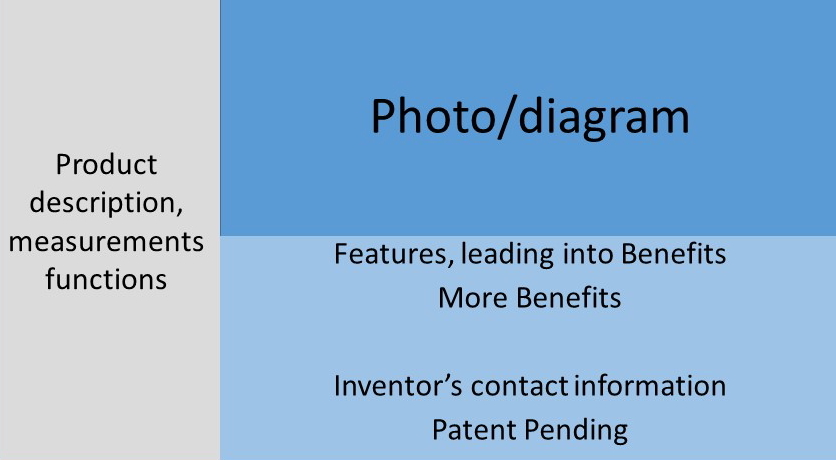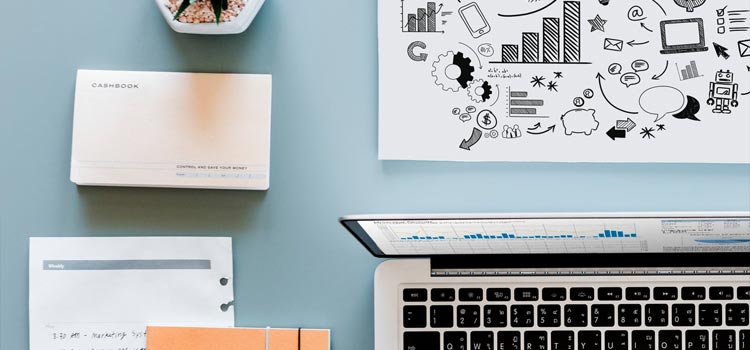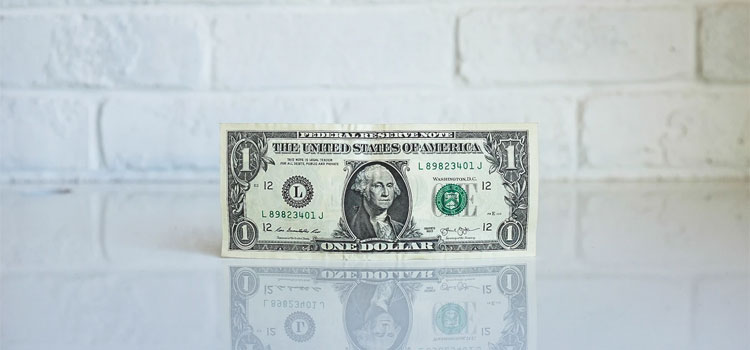Last Monday’s post described how you can generate a passive income by licensing your invention ideas to companies and other licensees. The key to getting potential licensees interested in your invention idea is to create a spectacular sell sheet. What is a sell sheet and how do you create one? Read on.
- Inbox Dollars - Get paid to check your email. $5 bonus just for signing up!
- Survey Junkie - The #1 survey site that doesn't suck. Short surveys, high payouts, simply the best.
- Nielsen - Download their app and get paid $50!
Sell sheet anatomy and physiology
If you have an invention or just an invention idea, you need a sell sheet to market that invention to potential developers and manufacturers. The sell sheet is a marketing piece that promotes your invention in a one page ad format by describing the product, its features and benefits, and whom the product can be purchased from. A sell sheet is supposed to take no more than a minute to look over and understand, so it needs to be brief and to the point.
There are sell sheets for companies, hospitals, books, kitchen gadgets, and software programs. What does a typical sell sheet look like?

At its basic level, the sell sheet contains four areas, which are the product description, photo(s)/diagram(s), features/benefits, and the inventor contact information. These areas are shown in the above generic sell sheet, but their exact locations are not static and can be strewn about almost anywhere.
While there is a section for all the features/benefits of an invention idea, there should also be a separate and overarching benefits statement. This statement should be no longer than a single line and should succinctly pitch your idea to your prospects.
Finally, the sell sheet should also contain either a “Patent Pending” statement or patent number.
For example, the Flipside Rulers product shown below essentially flips the product photo/diagram with its features/benefits, and places the description below everything else. This sell sheet also provides the single line benefits statement, “The Most Accurate Reversible Ruler on the Market!”

Why do you need a sell sheet?
You might be thinking to yourself, I already have a great invention. Why do I need to create a sell sheet?
Because, in brief, a sell sheet is much cheaper and easier to create than a physical prototype of your invention idea. The sell sheet effectively combines words and images into a kind of virtual prototype of your product, enabling you to submit that idea quickly and easily to potential licensees.
Even better, whereas in the past you’d be sending out numerous glossy (i.e., expensive) photocopies of your sell sheet, nowadays you can just email your prospects with the sell sheet in an enclosed attachment. You can even set up a website that describes your invention idea, dedicating one page of that website to your sell sheet. Then, all you need to do is provide your prospects with that web page address.
The sell sheet gives prospects a good enough idea about your invention…but that’s as far as it should go. Your sell sheet should provide only enough information to pique reader interest, not include specifics on every individual nut and bolt. The reason for this vagueness is pretty simple- the more a prospect knows about the invention, the more likely it is that he’ll find something to dislike and/or find confusing. If this happens while your invention idea is still being considered, there is a high likelihood that it will be rejected.
However, by sticking to the basics and emphasizing your single line benefits statement (mentioned in Monday’s post), you allow your potential licensee to fit your invention idea into the scope of her existing product line and manufacturing processes.
How to create a killer sell sheet
If you have a software program such as Corel Paintshop or Adobe Photoshop/InDesign, you won’t have much trouble creating a winning sell sheet. However, these programs don’t come cheap, so a better alternative might be to outsource your sell sheet to a freelancer/contractor. Where can you find one?
Sites like eLance, Freelancer.com, Guru.com and oDesk are filled with reasonably priced freelancers who can make several different iterations of your invention idea and save you the headache and expense of learning a program like InDesign or SolidWorks (a CAD program).
You might also consider working with a local community college or a design/trade school to produce more complex drawings or scale models of your invention idea. In such cases, tapping the instructor and asking if some of her students would be able to help realize your invention idea can make for a great classroom exercise, plus a little bit of money for the student.
Just make sure that you have your freelancer or student sign a non-disclosure agreement first before you send him any work. Also, because your freelancer or student may make some changes to your prototype while “fleshing it out,” it’s a good idea to have him sign a work-for-hire agreement that includes language about you being the sole owner of your invention idea. This excludes the freelancer or student from later claiming coinventor status.
What’s next?
After you have the sell sheet generated, it’s time to start soliciting companies and individuals with whom you could see working and actually building your invention. If you spark their interest, you can offer to send them your sell sheet, plus your business card and a cover letter. Within that cover letter, you introduce yourself and your invention, remind your prospect of how and when the two of you met or contacted each other, and note your invention’s major benefit.
It goes (almost) without saying that you should never send unsolicited materials to a prospect, even if you deem that her a perfect match for your idea. Without a proper introduction and invitation, your unsolicited materials will simply get tossed in the trash.
If you get a “no thanks” after sending out your materials, try to find out why your idea was rejected. It will be immensely useful for you as you hone your idea and decide whether to take it to a different company or market segment.
Most importantly, do not become discouraged if your first few attempts at contacting and finding potential licensees doesn’t work out or produces only rejections. It takes time and continued effort to place an invention idea with an appropriate company or manufacturer. But once you get the green light, you will find the process infinitely easier to repeat, leading to a series of licensed invention ideas that generate a steady passive income for you.
No joke. Here are the fastest ways to make easy money online. Click here to see how.





Thanks for your info. However one question. How does one determine what percentage of a royalty is fair to both parties?
Thank you for all of the importance things that are needed in a sell letter. I will take your advice and persevere instead of giving up. I will continue to read your post,
Very clear and easy to understand explanation of the steps to license to a company.
thank you for being clear and to the point! awesome and very helpful article